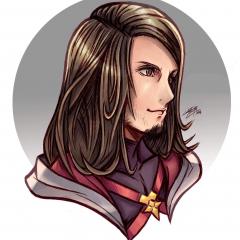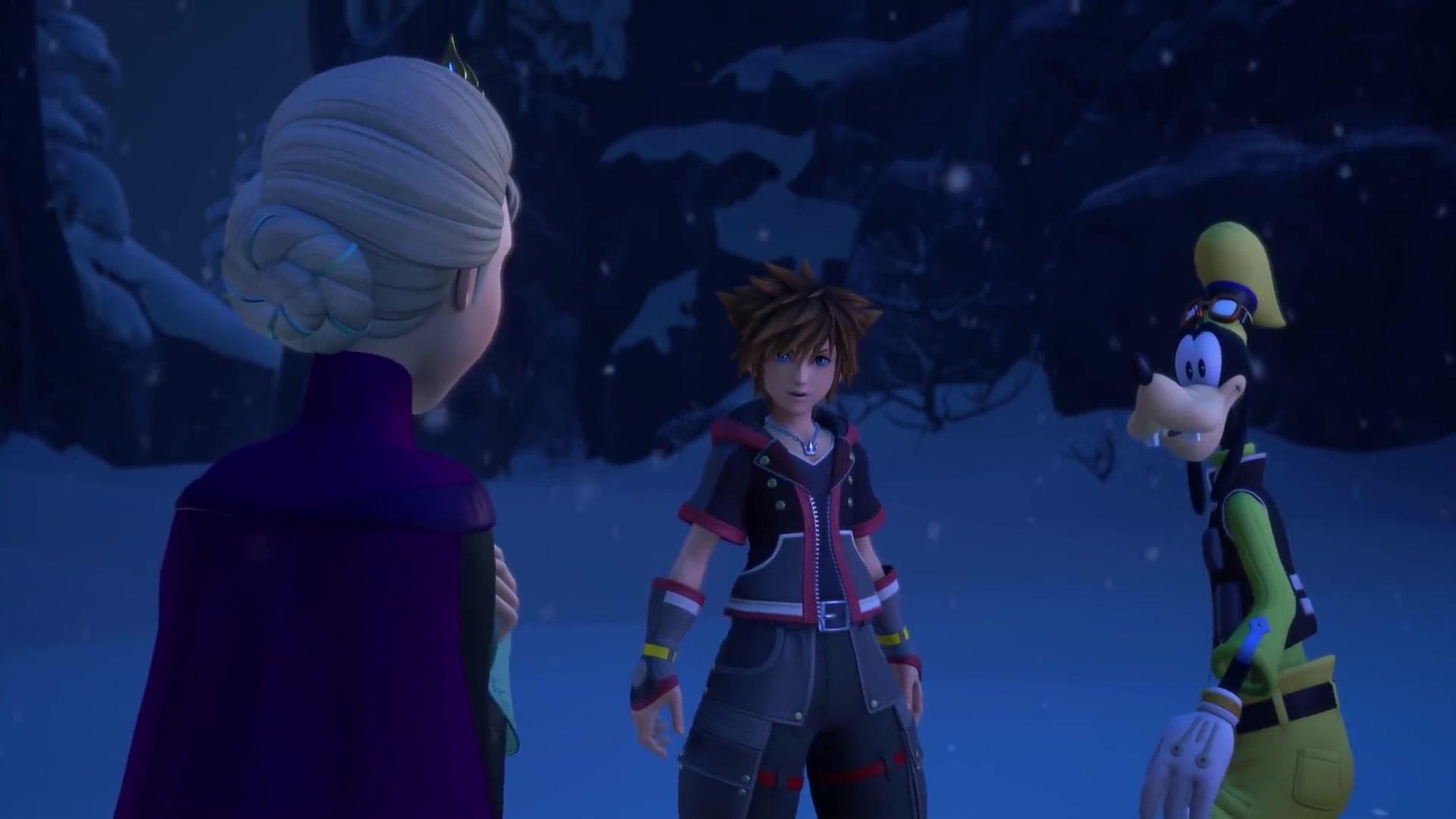Search the Community
Showing results for tags 'pizar'.
Found 2 results
-
IGN have recently published a feature and a video on talking with members of the Kingdom Hearts III development team about working with Disney in this project. Toru Yamazaki (art director), Kayoko Yajima (lead facial animator), Tai Yasue (co-director), Koji Inoue and Munenori Shinagawa (animation directors), and Tetsuya Nomura (series director) talked about the rewards and challenges working with Disney and Pixar for the game. The video also shows the Square Enix developers show off some of the work they used for the development. (For those who haven't player or finished Kingdom Hearts III yet, be aware that the video contains some cutscene and gameplay footage from the game.) In the video, Yamazaki explained how in previous titles they would recreate the characters from scratch based off the properties, whereas for Kingdom Hearts III they asked Disney to share their resources with them. Disney have provided the original polygon shapes of characters with guidelines on how to add more detail, such as hair and clothes) on them. However, things didn't always go as planned as those resources were not originally made to be used in a video game. For example, models' joints weren't defined and so had to be added manually and physics-enabled objects like capes needed to be particularly revisited. Of course, making sure your game is as accurate to the film as possible means there needed to be lots of things to be approved over time. Both Disney and Square wanted to make sure that the team were doing an incredible job at recreating their magic and sometimes were there approving things every step of the way. It seemed that every single detail in the process had to get approved before even moving on to the next scene, and any change that they had made needed to be explained. Disney and Pixar not only required changes after things were made; Square needed their approval at almost every stage from concept to finished product. According to Yasue, cutscenes were the most inspected element in the game perhaps due to portraying the source material most intimately. With things needing to be approved almost every minute, other things they had an easier chance with. As it turns out, the crazier the change to the original property the more likely it had a chance of being approved. This is because changing the character so it is not the same but still recognizable, Disney didn't make a fuss due to perceiving it as a new character altogether. For gameplay, they team brainstormed ideas that they thought Disney would be likely to approve for its world and characters before letting them see a walkthrough and accepting comments. Painstakingly, every single gameplay action was scrutinized to the smallest detail. However, Disney's role was not only to correct, but to collaborate as well as things had to have some sort of continuity. For instance, Inoue mentioned that when Square approached Disney with a story about a Wreck-It Ralph summon that pounds the ground, Disney recalled a scene from the movie where he did exactly that. Inoue also talked about how pleased Pixar animators were to see their IPs, such as Monsters, Inc., recreated with technology superior to what they had when those movies were first made. Along with making the Disney experience in Kingdom Hearts III more authentic, getting feedback for their project ended up helping the Square developers in the long run to become better animators and storytellers. Working with Disney was one thing, but also working with Pixar was very different. Pixar was in fact more attached to their property, approving more stages of production and participating in weekly conference calls with the animation teams to ensure the most accurate representation of their IPs. Both Disney and Pixar kept their teams of animators intact following the release of their IPs - and they all had a say in the reproduction of their work in Kingdom Hearts III. Nomura went on to explain how it was working with both companies, how they reacted differently to the same issue (even within the same studio) with how the plot of the world should go as well as how it should look. He also had some convincing to do for the studios to fall in like with his longtime vision of Sora and friends canonically arriving to the Disney worlds. View full article
-
IGN have recently published a feature and a video on talking with members of the Kingdom Hearts III development team about working with Disney in this project. Toru Yamazaki (art director), Kayoko Yajima (lead facial animator), Tai Yasue (co-director), Koji Inoue and Munenori Shinagawa (animation directors), and Tetsuya Nomura (series director) talked about the rewards and challenges working with Disney and Pixar for the game. The video also shows the Square Enix developers show off some of the work they used for the development. (For those who haven't player or finished Kingdom Hearts III yet, be aware that the video contains some cutscene and gameplay footage from the game.) In the video, Yamazaki explained how in previous titles they would recreate the characters from scratch based off the properties, whereas for Kingdom Hearts III they asked Disney to share their resources with them. Disney have provided the original polygon shapes of characters with guidelines on how to add more detail, such as hair and clothes) on them. However, things didn't always go as planned as those resources were not originally made to be used in a video game. For example, models' joints weren't defined and so had to be added manually and physics-enabled objects like capes needed to be particularly revisited. Of course, making sure your game is as accurate to the film as possible means there needed to be lots of things to be approved over time. Both Disney and Square wanted to make sure that the team were doing an incredible job at recreating their magic and sometimes were there approving things every step of the way. It seemed that every single detail in the process had to get approved before even moving on to the next scene, and any change that they had made needed to be explained. Disney and Pixar not only required changes after things were made; Square needed their approval at almost every stage from concept to finished product. According to Yasue, cutscenes were the most inspected element in the game perhaps due to portraying the source material most intimately. With things needing to be approved almost every minute, other things they had an easier chance with. As it turns out, the crazier the change to the original property the more likely it had a chance of being approved. This is because changing the character so it is not the same but still recognizable, Disney didn't make a fuss due to perceiving it as a new character altogether. For gameplay, they team brainstormed ideas that they thought Disney would be likely to approve for its world and characters before letting them see a walkthrough and accepting comments. Painstakingly, every single gameplay action was scrutinized to the smallest detail. However, Disney's role was not only to correct, but to collaborate as well as things had to have some sort of continuity. For instance, Inoue mentioned that when Square approached Disney with a story about a Wreck-It Ralph summon that pounds the ground, Disney recalled a scene from the movie where he did exactly that. Inoue also talked about how pleased Pixar animators were to see their IPs, such as Monsters, Inc., recreated with technology superior to what they had when those movies were first made. Along with making the Disney experience in Kingdom Hearts III more authentic, getting feedback for their project ended up helping the Square developers in the long run to become better animators and storytellers. Working with Disney was one thing, but also working with Pixar was very different. Pixar was in fact more attached to their property, approving more stages of production and participating in weekly conference calls with the animation teams to ensure the most accurate representation of their IPs. Both Disney and Pixar kept their teams of animators intact following the release of their IPs - and they all had a say in the reproduction of their work in Kingdom Hearts III. Nomura went on to explain how it was working with both companies, how they reacted differently to the same issue (even within the same studio) with how the plot of the world should go as well as how it should look. He also had some convincing to do for the studios to fall in like with his longtime vision of Sora and friends canonically arriving to the Disney worlds.
- 7 comments
-
- tai yasue
- tetsuya nomura
- (and 4 more)


